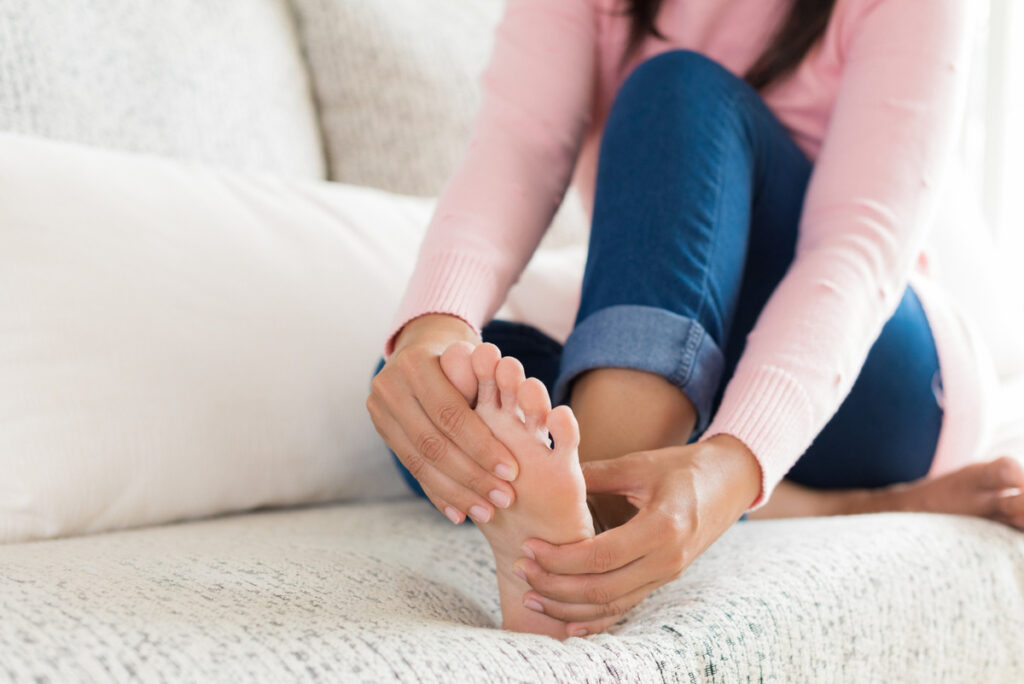Diabetic slippers are more than just comfortable footwear.
For individuals managing diabetes, they serve as a critical line of defense against injury, irritation, and potentially serious complications such as ulcers or infections.
Choosing the right pair of diabetic slippers can significantly improve foot health and quality of life.
Why Foot Care Matters in Diabetes
Diabetes can lead to two major complications that affect foot health: peripheral neuropathy and poor circulation.
Peripheral neuropathy results from nerve damage, causing reduced sensation, tingling, or numbness in the feet.
This makes it harder to notice small injuries, such as cuts, blisters, or pressure points, which can quickly escalate without treatment.
At the same time, diabetes can reduce blood flow to the extremities, slowing the healing process and increasing the risk of infection.
Combined, these factors make foot care a priority for anyone living with diabetes.
What Are Diabetic Slippers?
Diabetic slippers are specially designed footwear that cater to the unique needs of people with diabetes.
Unlike standard slippers, they are made with features that protect sensitive feet and accommodate swelling or irregular foot shapes.
Key characteristics include seamless interiors that prevent friction, non-binding uppers that avoid constriction, and extra cushioning for shock absorption.
Many diabetic slippers also include moisture-wicking, antimicrobial linings to reduce the risk of fungal infections.
These slippers are often adjustable, using Velcro straps or elastic panels, to provide a custom fit without applying unnecessary pressure.
Key Benefits of Diabetic Slippers
The right pair of diabetic slippers offers multiple health benefits:
- Pressure Relief: Soft soles and extra padding reduce pressure on the heels and balls of the feet.
- Friction Reduction: Seamless interiors prevent blisters and skin breakdown.
- Temperature Regulation: Insulating materials help keep feet warm, which is essential for those with poor circulation.
- Infection Control: Antimicrobial fabrics help prevent bacterial and fungal growth.
- Swelling Accommodation: Flexible materials and adjustable closures allow for comfort even when feet are swollen.
These features contribute to both comfort and long-term foot protection.
Who Should Use Diabetic Slippers?
Diabetic slippers are ideal for anyone with diabetes, especially those who have already experienced foot issues.
If you have peripheral neuropathy, decreased circulation, or have had foot ulcers in the past, diabetic slippers can help prevent future problems.
They are also beneficial for seniors with diabetes, who may have mobility challenges or increased fall risk.
Even without visible symptoms, using diabetic slippers proactively can support better foot health over time.
Features to Look for When Buying Diabetic Slippers
When selecting diabetic slippers, several key features can make a significant difference:
- Fit and Width Options: Choose slippers that offer wide or extra-wide options to avoid pressure.
- Non-Slip Soles: Look for rubber or textured soles that provide grip and reduce fall risk.
- Arch and Heel Support: Adequate footbed structure helps align the foot and reduce fatigue.
- Breathable Materials: Prevent overheating and moisture buildup.
- Adjustability: Velcro or elastic allows for size changes due to swelling or foot shape variations.
Proper fit is critical, as ill-fitting footwear can lead to new pressure points and complications.
At-Home Foot Care Tips for Diabetics
In addition to wearing diabetic slippers, practicing good foot hygiene is essential.
Inspect your feet daily for cuts, redness, swelling, or changes in skin texture.
Wash your feet with mild soap and warm water, then dry thoroughly, especially between the toes.
Apply a moisturizing lotion, avoiding the area between the toes to prevent fungal growth.
Trim toenails straight across and avoid cutting into the corners.
Wear clean, dry socks and avoid going barefoot, even at home.
Schedule regular check-ups with a podiatrist to catch problems early.
Link Between Blood Sugar and Foot Health
Maintaining optimal blood sugar levels is crucial for preventing foot complications.
Chronic high blood glucose damages blood vessels and nerves, diminishing circulation and sensation in the feet.
This makes it more difficult to detect injuries and heal wounds.
Blood sugar spikes can also trigger inflammation, which further disrupts tissue repair.
Controlling blood sugar not only protects your feet but also reduces your risk of infection, amputation, and other long-term complications.
How GlycoFortin Can Support Your Diabetic Foot Health
GlycoFortin is a natural liquid supplement formulated to support blood sugar regulation and metabolic balance.
It contains ingredients like chromium, Gymnema Sylvestre, Panax ginseng, and grape seed extract, all known for their benefits to glucose control and circulation.
By improving insulin sensitivity and reducing glucose absorption in the intestines, GlycoFortin helps maintain more stable energy levels throughout the day.
Enhanced circulation from ingredients like green tea and guaraná also supports foot health, aiding in oxygen delivery and tissue healing.
Taken daily, GlycoFortin offers a proactive way to complement your diabetic care routine.
Its non-GMO formula is free from synthetic stimulants and produced in FDA-registered facilities.
For people with diabetes, it may help reduce fatigue, cravings, and inflammatory markers—all of which contribute to overall health and well-being.
Step Into Better Health
Diabetic slippers do more than add comfort to your day—they protect your feet from the inside out.
But foot health starts with balanced blood sugar and good circulation.
By integrating quality diabetic footwear and a supplement like GlycoFortin into your daily routine, you can stay one step ahead of complications.
Discover how GlycoFortin supports your journey toward better metabolic and foot health at the official website.









